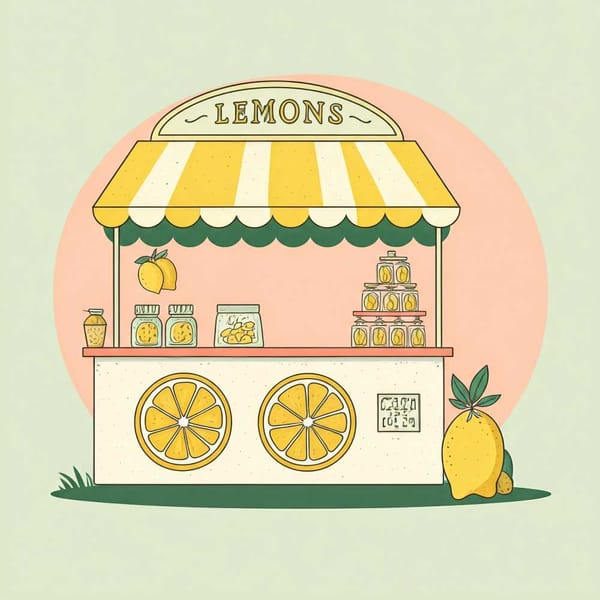The Magic Garden of Isaiah Zagar in Philadelphia with crafts from Mexico
A labyrinth of mosaics, tiles, colors, recycled materials, and delicate pieces of Mexican craftsmanship sculpt the Magic Garden of Isaiah Zagar.

A kaleidoscopic labyrinth of mosaics, tiles, colors, recycled materials, and delicate pieces of Mexican craftsmanship sculpt the Magic Garden of Isaiah Zagar, the work of more than 20 years of this local artist of 80 years, which has become a cultural attraction of Philadelphia.
It's like a newspaper, like a trip through Zagar's mind, says the Magic Garden director, Emily Smith, who explains that, behind the joy and colors that can be seen, at first sight, you can glimpse the darkness, the unhappiness, and the great anxiety of the artist, who was diagnosed as bipolar and who "has fought all his life against his psychological depressions".
Chunks of tiles, empty bottles, pieces of mirrors, wires, bicycle spokes, porcelain pieces, and an endless supply of waste materials extend through the walls and the interior and exterior walls of the building that houses the Magic Garden and overflow it.
They compose figures, faces, naked bodies, and messages that have also conquered, like a vine, the blocks of adjoining houses and have sprouted in other walls of the south neighborhood of Philadelphia, where Zagar has raised 220 murals.
It began in the 60s when according to Smith, nobody in the neighborhood cared much about what their neighbors did and could do any kind of artistic intervention like this without anyone preventing it.
He started in his studio, continued in an abandoned lot, and when he realized that the owners of the block did not appear, he continued to build his work until in 2002 the owners offered him two alternatives: either he bought the land or they demolished his project.
"It was then that he turned to the community and the newspapers and very quickly people started donating and he mortgaged his house to save it," recalls Smith, who says that in 2004 he went on to become a non-profit association and in 2008 he opened to the public, not only as a museum but also as an art gallery, concert center and venue for events.
In the Magic Garden, it is evident, the influence of Antoni Gaudí, a trace that Zagar not only does not hide, but it externalizes in several places of its intricate and beautiful labyrinth. But above all, Smith highlights the terracotta pieces, most of them from Mexico, that flood the garden, which in 2018 had 155 thousand visitors.




